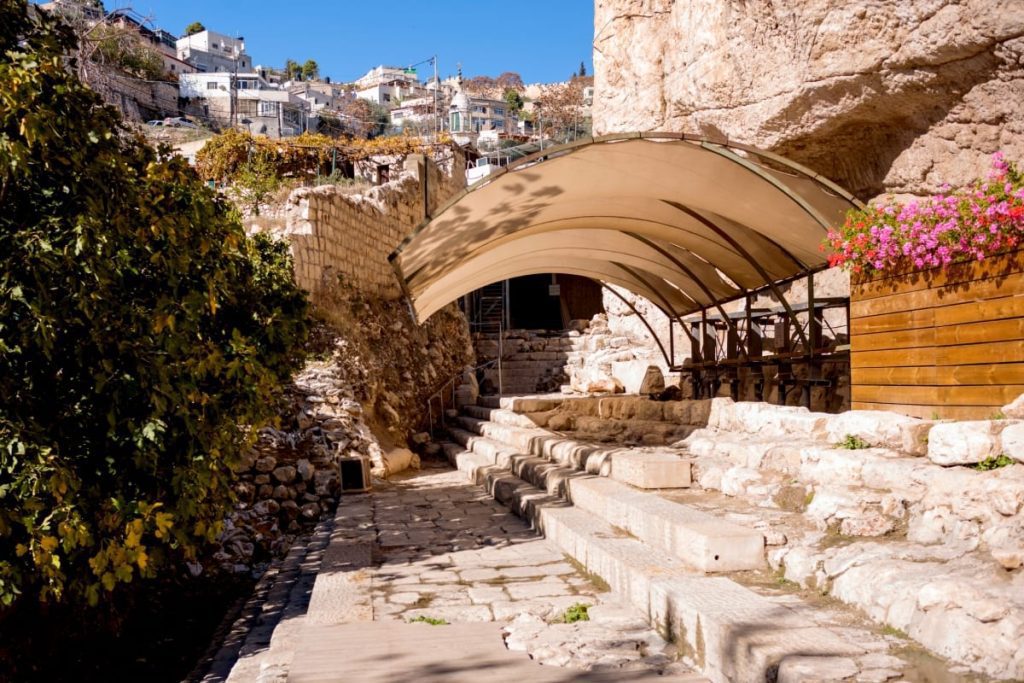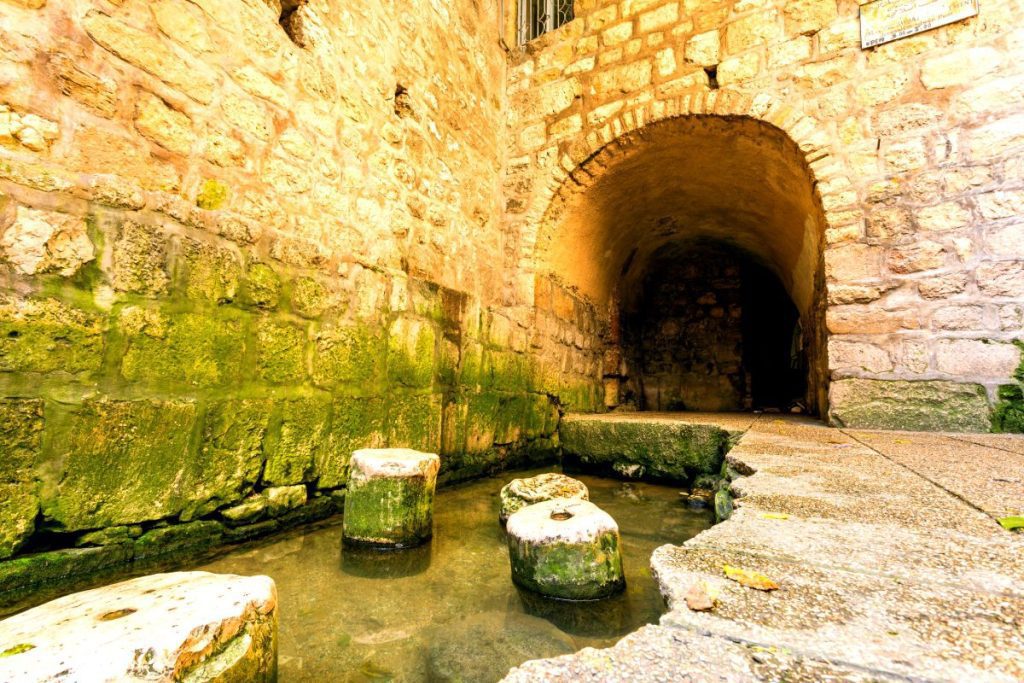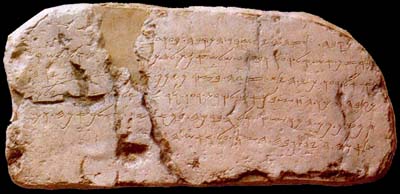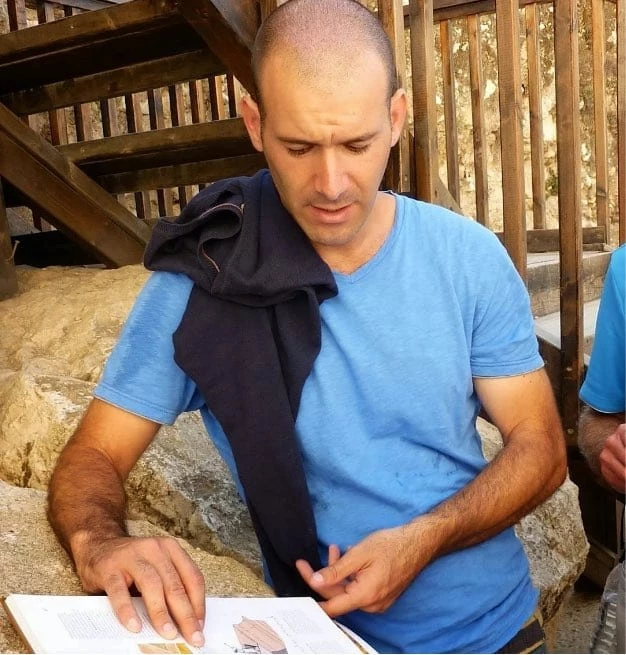The Pool of Siloam refers to a rock-cut pool on the southern slope of the City of David considered by archaeologists to be the original site of Jerusalem; located outside the walls of the Old City to the southeast. The waters of the Gihon Spring fed the pool, carried there by the Siloam Tunnel.
Private Tours of Jerusalem

During the Second Temple period, the Pool of Siloam was centrally located in the area known as the Lower City. Today, the Pool of Siloam is the lowest place in altitude within the historical city of Jerusalem. The ascent from it to the Temple Mount meant a gain of 115 meters (377 ft). According to the Jerusalem Talmud, the Pool of Siloam was the starting point for pilgrims who made the annual pilgrimage to Jerusalem, and where they ascended by foot to the inner court of the Temple Mount to bring their sacrificial offerings.
The pool of Siloam During the Time of King Hezekiah
The Pool of Siloam was built during the reign of Hezekiah (715–687/6 BCE); to leave besieging armies without access to the spring’s waters. The newly constructed Siloam tunnel fed the pool. An older Canaanite tunnel had been very vulnerable to attackers, so, under threat from the Assyrian king Sennacherib; Hezekiah sealed up the old outlet of the Gihon Spring and built the new underground Siloam tunnel in place of the older tunnel (2 Chronicles 32:2–4).

The pool of Siloam: Second Temple Period
The pool was reconstructed no earlier than the reign of Alexander Jannaeus (103-76 BCE); although it is not clear whether this pool was in the exact location as the earlier pool built by Hezekiah — if so, all traces of the earlier construction have been destroyed. The collection remained in use during the time of Jesus. According to the Gospel of John, Jesus sent “a man blind from birth” to the pool to complete his healing. You can see both pools at the City of David Archeological Park.
As a freshwater reservoir, the pool would have been a major gathering place for ancient Jews making religious pilgrimages to the city. Some scholars, influenced by Jesus commanding the blind man to wash in the pool, suggest that it was probably used as a mikvah (ritual bath). However, mikvahs are usually much smaller; if the pool were a mikvah, it would be the largest ever found by a substantial margin.
Siloam Inscription

Credit: Tamar Hayardeni from Hebrew Wikipedia, CC BY-SA 3.0, via Wikimedia Commons
Finally, the pool was destroyed and covered after the First Jewish–Roman War in 70 CE. Dating was indicated by several coins discovered on the stones of the patio near the pool to the north, all from the days of the Great Revolt. The latest coin is dated “4 years to the day of the Great Revolt, ” meaning 69. In the years following the destruction, winter rains washed alluvium from the hills down to the valley and down the slopes of Mount Zion to the west of the pool; the pool was filled with silt layers (up to 4 m in some places) until it was covered completely.







